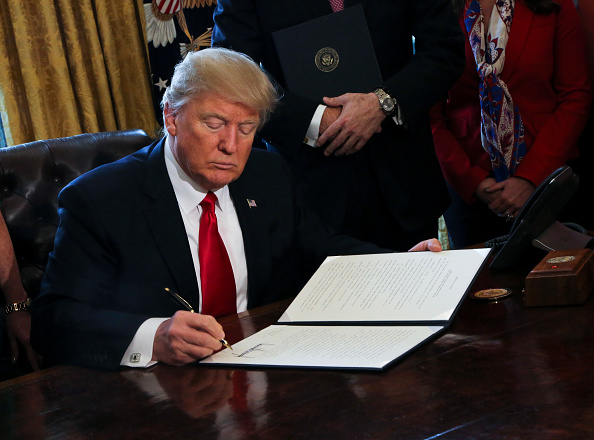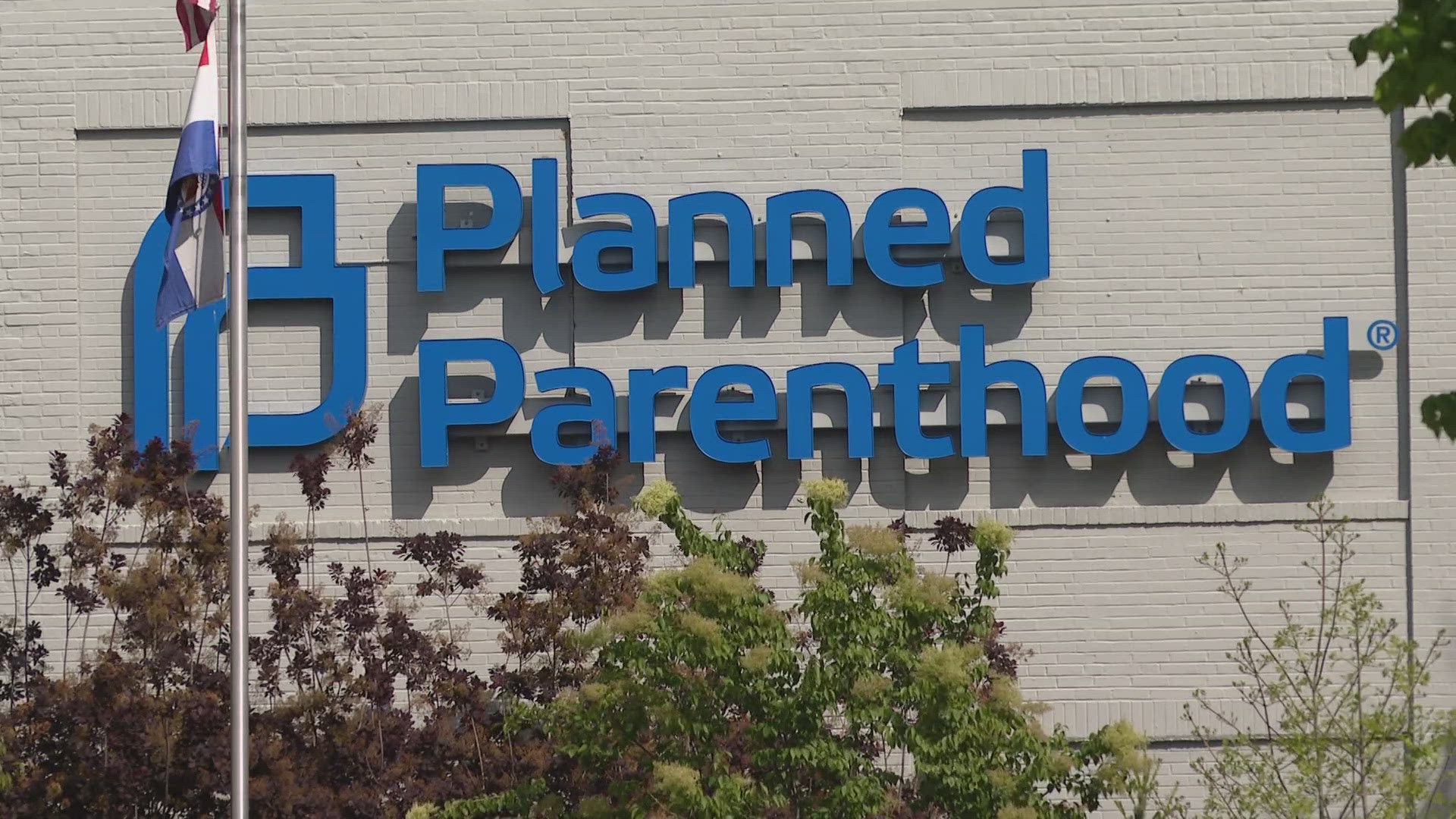President Trump will send Congress on Tuesday his first full vision of tax and spending policies for the next decade, an expansion of the "skinny budget" of high-level goals he outlined in March. Here’s what to watch for:
Who will be the biggest winners and losers?
The budget outline Trump released in March would dramatically reduce the federal government’s involvement in many domestic areas while boosting investments in national security. That proposal included increasing defense spending by $54 billion and paying for that with steep cuts to education, environmental protection, health and human services, and foreign aid.
Those proposed cuts were to the parts of the budget lawmakers must approve annually in agency spending bills. But the fuller budget request that will be released Tuesday is expected to include changes to a much larger area of spending: benefit programs that would require Congress to make changes in the law. These include provisions such as who is eligible to receive benefits. The Associated Press and others have reported the administration will propose cuts to Medicaid, welfare benefits like food stamps, federal employee pensions and farm subsidies.
In addition to the defense spending increases proposed earlier, the budget is expected to include funding for a border wall with Mexico, infrastructure spending and paid leave for parents of a newborn or newly adopted child, according to the Associated Press.
Is the administration’s projected economic growth realistic?
The nonpartisan Congressional Budget Office projects the economy will grow less than 2% a year over the next decade under current policies. White House Budget Director Mick Mulvaney has said the administration wants to reach 3% levels of growth. While that’s the historic average, experts say 3% growth will be difficult to achieve because of a slowdown in the growth of labor, capital and productivity. The main reason for that is the aging population — which is also driving the projected increases in spending for Social Security and Medicare.
Why does this matter? If the administration is counting on 3% annual growth, that could lead to overly optimistic levels of how much revenue the government will collect to keep the deficit from growing and to pay for Republicans’ hoped-for tax cuts.
Will there be more details on Trump’s tax overhaul proposals?
The tax overhaul outline Trump released in April proposed big corporate rate cuts, a simpler tax code and big increases in standard deductions. But the one-page plan included few details on how those changes would be made — or paid for. The nonpartisan Committee for a Responsible Federal Budget estimates the federal government would collect $3 trillion to $7 trillion less in taxes over the next budget if Trump’s changes are made. The administration could propose ending some tax benefits in exchange for creating others. But such proposals won’t be credible unless they’re specific. “We all know that closing tax expenditures is hard and controversial,” said Robert Greenstein, president of the left-leaning Center on Budget and Policy Priorities.
Is it realistic to expect Trump to balance the budget?
Unlike the president’s earlier budget outline, Tuesday’s more detailed plan will project revenue changes over the next decade. Hardline conservatives have been pushing for a balanced budget, and Mulvaney has said he wants to get there in 10 years. But even he acknowledged that’s difficult. Deficits are projected to more than double over the next decade. Experts, such as those at the Committee for a Responsible Federal Budget, say they will be on the lookout for “gimmicks” that would make a path to a balanced budget look easier than it is. Those include: overly optimistic projections of economic growth, unspecified savings and unrealistic proposals.
How will Capitol Hill react?
Senate Minority Leader Chuck Schumer has already denounced the Medicaid cuts reported to be included in the budget. “This budget is taking the fast lane to rejection by the American people and both parties in Congress,” the New York Democrat said in a statement Sunday.
And it’s not just Democrats who have spoken out. Rep. Mike Conaway, the Texas Republican who heads the House Agriculture committee, told the Associated Press the expected proposed cuts to farm programs are “wrongheaded.” But Greenstein of the Center on Budget and Policy Priorities said it would be a mistake to dismiss Trump’s budget as dead on arrival. He expects the budget blueprint the House will draw up after Memorial Day will feature similar contours of broad tax cuts, spending reductions in domestic programs and increases for defense.


